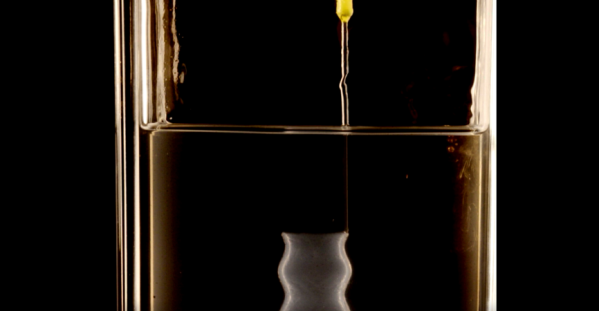We all know what the ultimate goal of 3D printing is: to be able to print parts for everything, including our own bodies. To achieve that potential, we need better ways to print soft materials, and that means we need better ways to support prints while they’re in progress.
That’s the focus of an academic paper looking at printing silicone within oil-based microgels. Lead author [Christopher S. O’Bryan] and team from the Soft Matter Research Lab at the University of Florida Gainesville have developed a method using self-assembling polymers soaked in mineral oil as a matrix into which silicone elastomers can be printed. The technique takes advantage of granular microgels that are “jammed” into a solid despite being up to 95% solvent. Under stress, such as that exerted by the nozzle of a 3D printer, the solid unjams into a flowing liquid, allowing the printer to extrude silicone. The microgel instantly jams back into a solid again, supporting the silicone as it cures.
[O’Bryan] et al have used the technique to print a model trachea, a small manifold, and a pump with ball valves. There are Quicktime videos of the finished manifold and pump in action. While we’ve covered flexible printing options before, this technique is a step beyond and something we’re keen to see make it into the hobby printing market.
[LonC], thanks for the tip.











